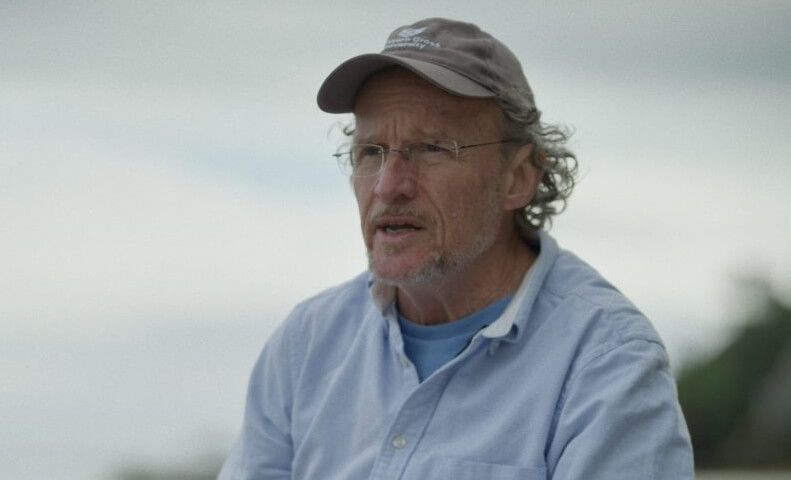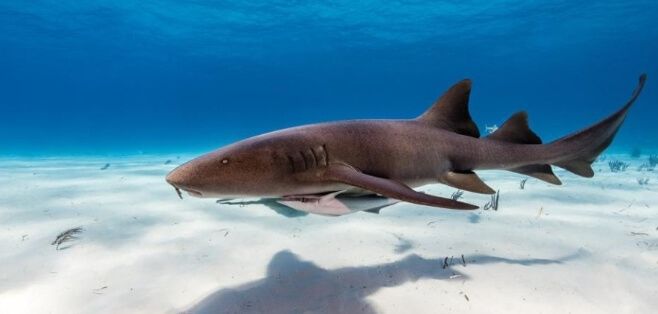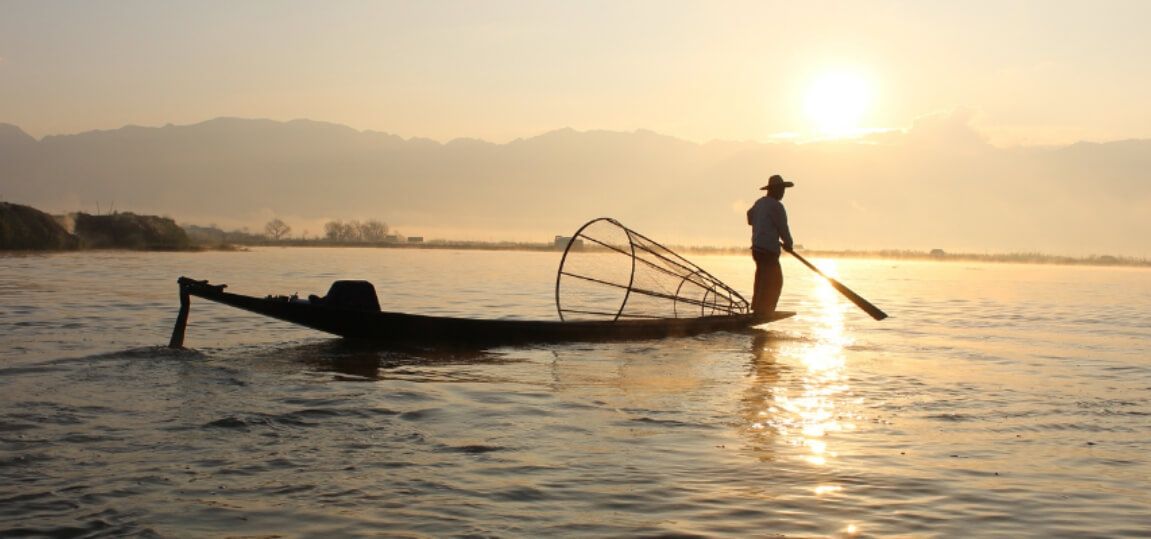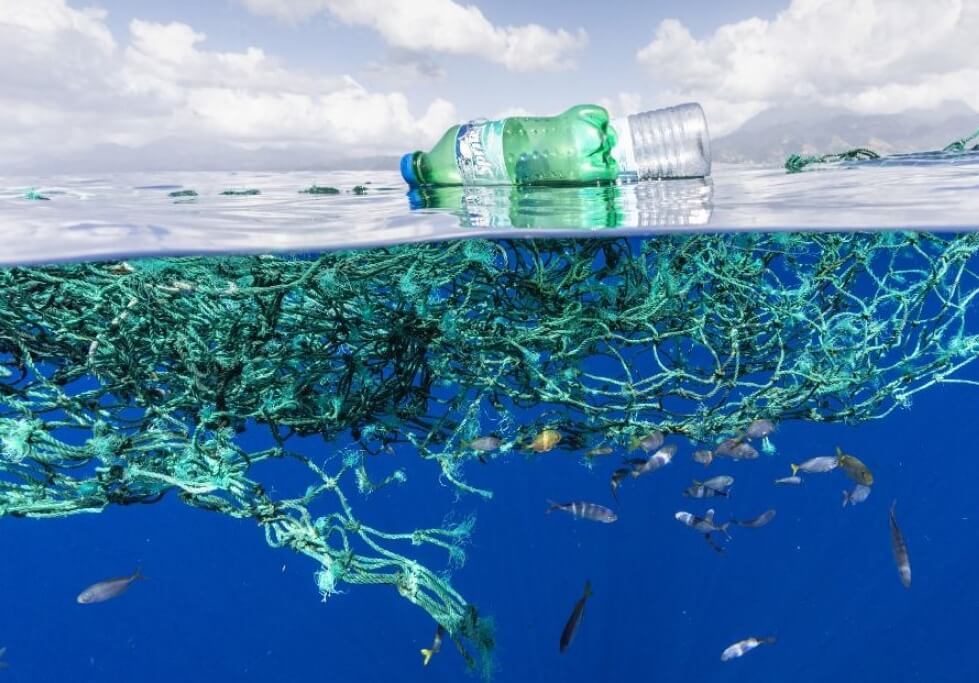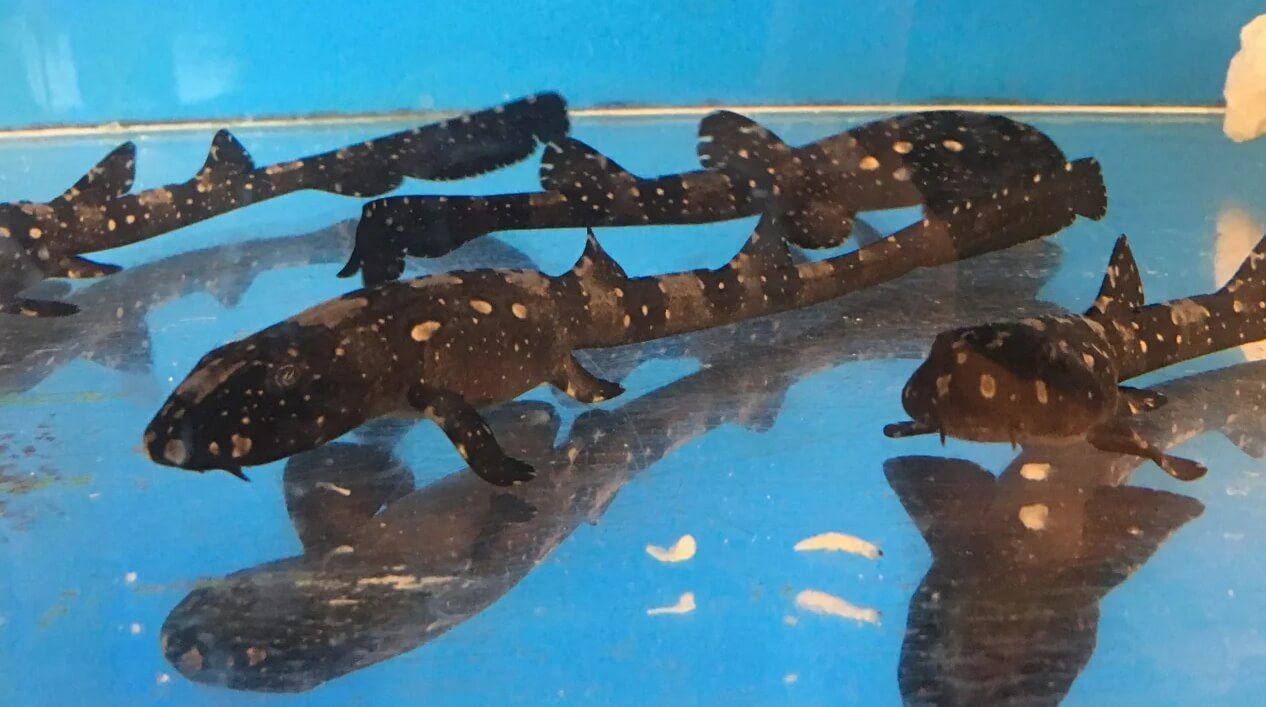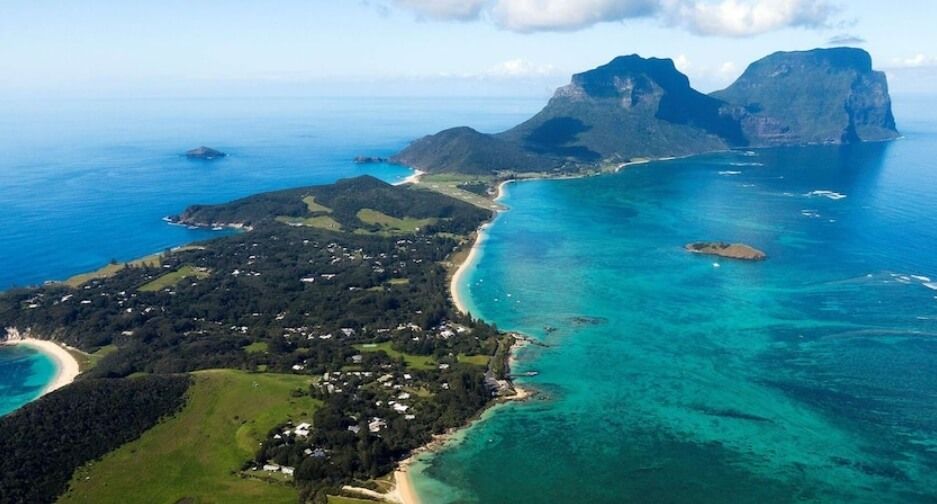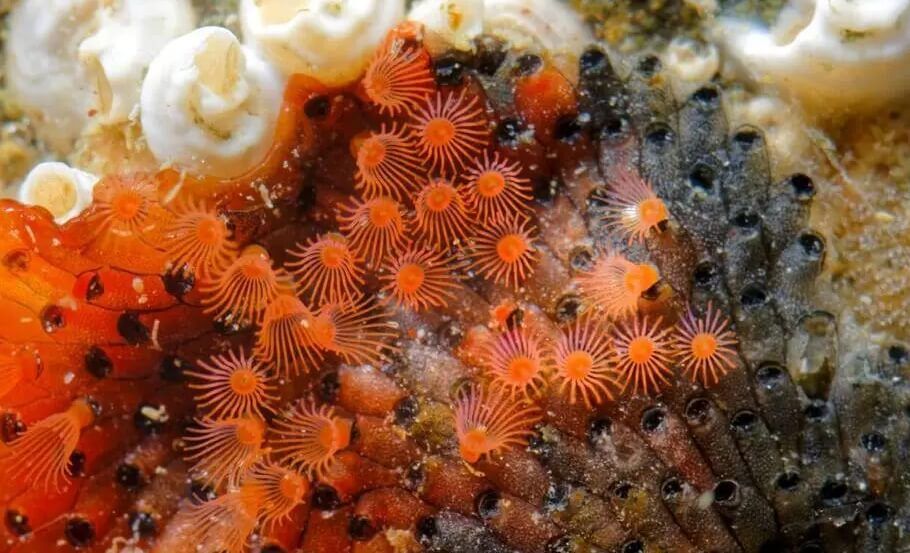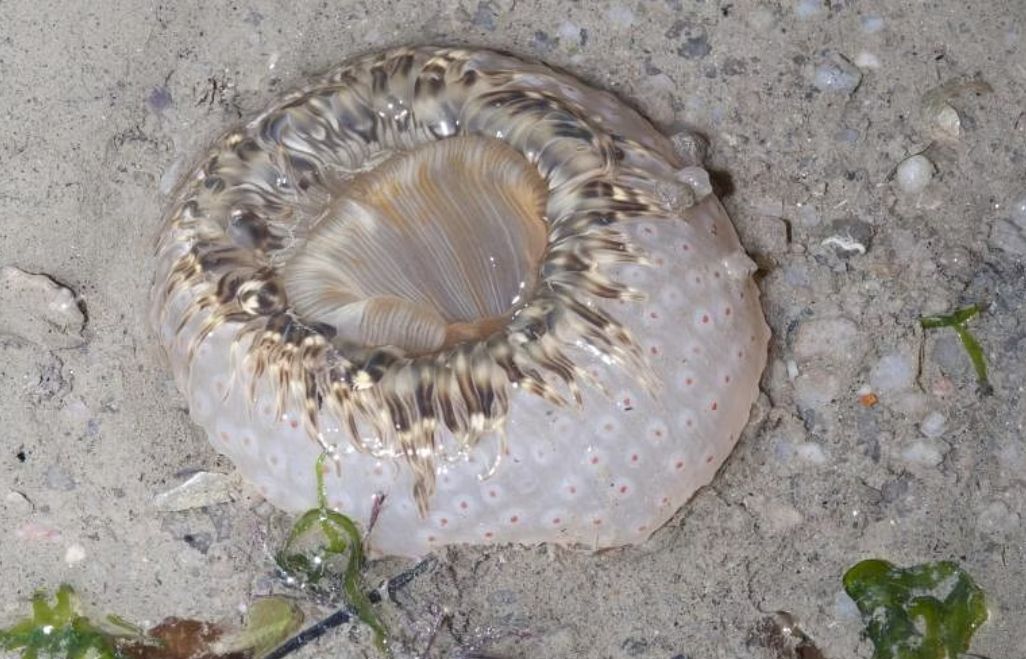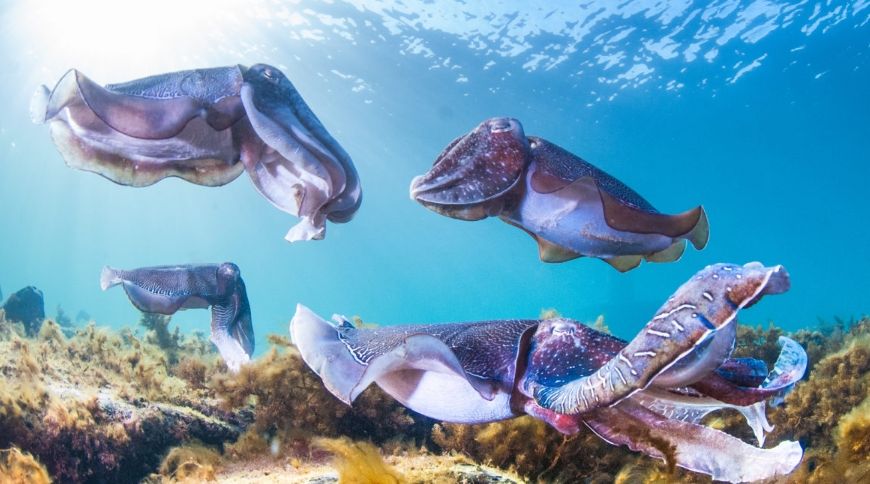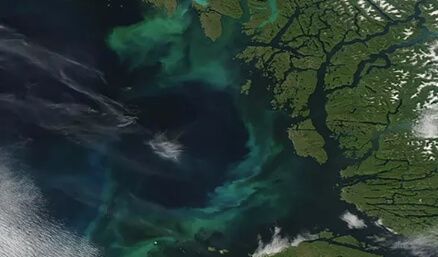Peter Harrison is a marine biologist who founded the Marine Ecology Research Center at Southern Cross University in Australia. Since the early 1980s, he has been studying corals to find solutions for saving coral reefs, which are suffering from the effects of climate change and rising ocean temperatures. Peter Harrison’s innovative approach involves rearing coral larvae and then transplanting them back into the ocean to restore coral reefs. He explains in detail how he carries out this process.
Can you explain how your coral reef restoration system works?
Having worked as a marine biologist for several decades, I’ve had the opportunity to closely observe coral reefs and their reproductive processes. Over the years, I’ve noticed that during reproduction, adult corals release a significant amount of eggs and sperm into the water, but much of it drifts away from the reefs, making it challenging for them to successfully settle and establish new colonies.
Furthermore, the impacts of global warming on coral reefs have been devastating. Rising water temperatures have led to coral bleaching, causing widespread mortality among adult spawning corals. Coral bleaching serves as a warning signal, indicating that corals are under stress. This stress not only affects the corals themselves, but also the entire ecosystem that depends on them, leading to a gradual decline in overall health and vitality of the reef.
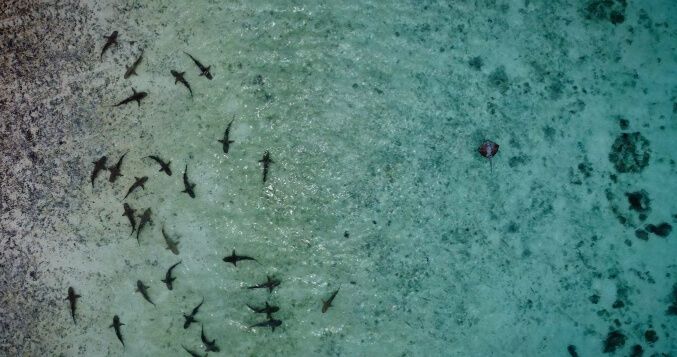
As a consequence, we witnessed a drastic decline of 90% in larval settlement rate in 2018, and this decline has persisted ever since. In addition, the once-present large starfish population has dwindled, diseases have emerged, and the frequency of typhoons and cyclones has increased, further damaging these fragile ecosystems. Faced with this dire situation, we explored the possibility of cultivating coral larvae as a potential solution.
Concretely, how do you cultivate coral larvae?
About a decade ago, I had an idea and raised funds to test this concept in the Philippines. Since 2013, we have been working in the pristine waters of the Caniogan Reef, located in the northwest region of the country. The approach we’ve developed consists of four key phases. The first step is to locate adult spawning corals and patiently wait for the spawning season, during which they release their eggs and sperm that rise to the water’s surface. This occurs at night, typically 4 to 6 days after the first full moon of summer (between October and March in the southern hemisphere). It requires keen observation as mass spawning occurs only on one or two nights per year and lasts only a few hours each night. During this time, one can witness large colorful sheets on the water’s surface, signaling the release of coral spawn.
The second step involves collecting a small portion of these tiny larvae, which is sufficient as it can amount to millions of them. We approach the spawning corals by boat and use fine nets, similar to organza fabric, to catch the larvae. These collected larvae are then placed in a floating enclosure, a small pool anchored in the sandy seabed, which protects them from predators. Over the course of six to seven days, the larvae grow and eventually sink to the bottom of the enclosure, forming a concentrated pool of about 200 liters of larvae, each measuring approximately 1 mm in length. This brings us to the third step, which is to transfer the concentrated larvae into containers to be dispersed strategically in selected locations.
How do you deposit coral larvae where they are needed most?
To disperse the concentrated coral larvae, we utilize an underwater robot that can be programmed and controlled via GPS. The robot carries a pipe connected to a floating container on the surface of the water. The larvae are diffused through the pipe into the targeted areas of coral reefs where we aim to restore the corals, typically at depths ranging from 5 to 10 meters below the water’s surface. Alternatively, we can also manually release the larvae by diving and depositing them onto the coral reefs. The final step involves monitoring the growth and attachment of the larvae to ensure their successful development.
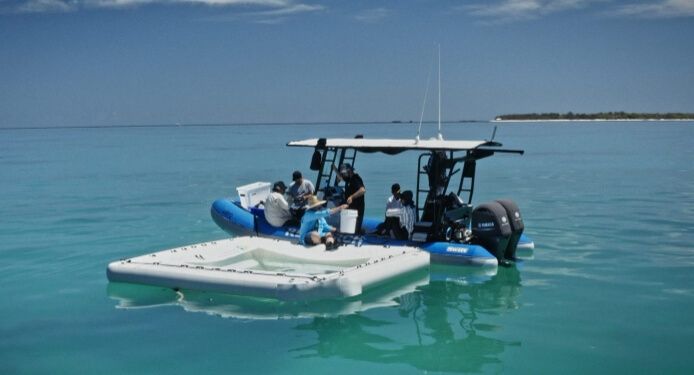
Our goal is not just to establish new corals, but to ensure their long-term health. It takes patience, as we typically wait for 9 to 12 months to determine the success of the coral reimplantation. It may take even longer, around 2-3 years, to observe if new adult reproductive corals are growing in areas where the coral reef was previously declining. This indicates that the ecosystem is regaining its health and vitality. Monitoring the progress and recovery of the coral reef is a crucial part of our restoration efforts.
Is it also a way to make them more resistant to global warming?
Indeed, the adult reproductive corals from which we collect eggs and sperm are carefully chosen for their resilience to temperature variations. Corals are delicate organisms that are sensitive to water that is too hot or too cold. We specifically select corals that have shown resistance to bleaching, which occurs when water temperatures rise 1.5 to 2°C above the usual optimum temperature in summer. These hardy corals are more likely to survive and thrive in the changing ocean conditions, making them ideal candidates for our coral reef restoration efforts.
Does the restoration of these coral reefs also benefit other species?
Indeed, coral reefs are crucial ecosystems that support a wide array of marine life, much like forests on land. Over 25% of fish species in the oceans rely on healthy coral reefs as their home and food source. Coral reefs are vital for the survival of approximately 1 million species that depend on them entirely.
Through our coral reef restoration efforts, we have observed a significant increase in fish populations in the restored areas within 2-3 years. As the corals regenerate and thrive, they provide food and shelter for various fish species, leading to a boost in biodiversity and abundance. This highlights the importance of healthy coral reefs not only for the corals themselves but also for the entire ecosystem that depends on them for survival.
This allows you to restore what area of coral reefs with each operation?
One of the key advantages of our coral reef restoration technique is its ability to cover a much larger area compared to other methods such as growing corals in laboratories and then transplanting them as adults. By dispersing coral larvae, we can restore areas as large as 150 to 200 square meters in just 5-6 years. We have successfully tested this approach not only in the Philippines but also on the Great Barrier Reef, showcasing its potential for large-scale coral reef restoration efforts. This innovative method allows us to accelerate the recovery process and restore larger areas of degraded coral reefs, providing hope for the future of these vital ecosystems.
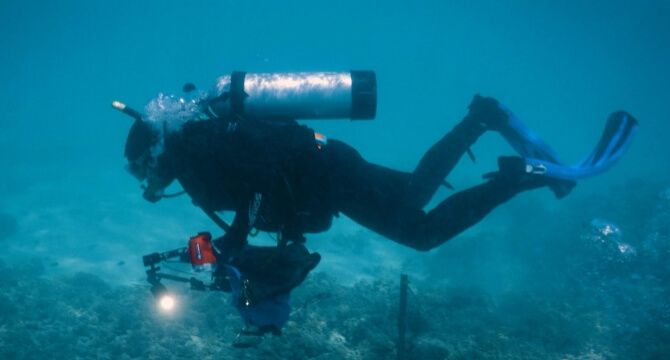
What are the next steps for your project?
Our vision is to expand the deployment of our coral restoration system to other regions such as the Maldives, Vietnam, the Virgin Islands, and beyond. We are also collaborating with Australian Aboriginal groups to involve them in our efforts, as their culture recognizes the interconnectedness of the Earth and the oceans as part of the same ecosystem. In addition, we aim to cover larger areas, scaling up to around 500 square meters per site. This will require more advanced underwater robots with satellite piloting, larger swimming pools for larvae cultivation, and other technological advancements. We are continuously pushing the boundaries of innovation to further improve and expand our coral restoration efforts, with the ultimate goal of restoring and preserving coral reefs on a larger scale for the benefit of our planet’s marine biodiversity and ecosystems.”


